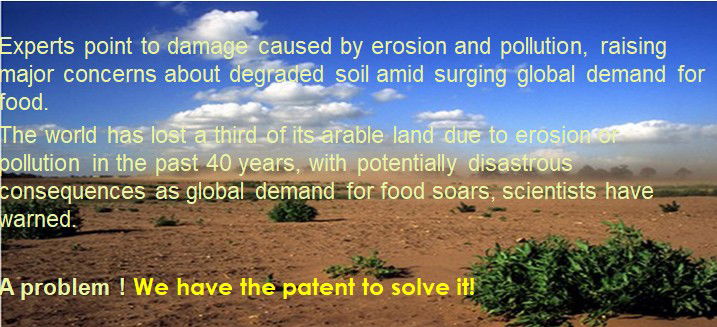Soil Restoration


Over time we have developed a system for the remediation and restoration of erased and damaged soils due to various reasons based on a synthesis of natural earthworm products and improvement of their natural effects on soil fertility as high-fertility soil includes a top layer of nutrient organic matter (HUMUS), containing fungi, microorganisms, and earthworms, as well manipulation to increase earthworm microorganisms, identical to those in the soil, to enhance soil fertility.
In case of low quality irrigation water sources, the Wastewater is treated during the all soil restoration to get irrigation quality water by our Vermi-Bio-Filter.
- During the soil restoration process, the soil continues to be used non-stop while growing plants on the soil and producing inputs from it.
- In the first stage of the soil's restoration process, the soil continues to be used non-stop while growing plants on the soil use Detached Substrate using Bio-Humus, worms, and compost.
- The second stage in the soil restoration process uses suitable plants within the soil itself and the encouragement of growth through bio-humus, worms, and compost. This composition is a factor in treating harmful nematodes and microorganisms while replacing them with desirable nematodes. The selected vegetation takes care of reducing salts in the soil.
- The third stage in the soil restoration process uses the treated water and bio-humus. The multiplicity of worms present in the soil from the previous two stages constitutes. This composition expands the treatment of harmful nematodes and microorganisms while replacing them with desirable nematodes. The vegetation is selected according to the grower's demands.
Wormarvel developed the "Waste2Crop" system, an entire process to treat any organic waste by turning it, through some stages, into agriculture fertile soil (or horticulture), which is used to grow food-quality crops for humans. Thus, the problem of treating organic waste becomes a resource of sustainable products with unlimited ongoing demand.